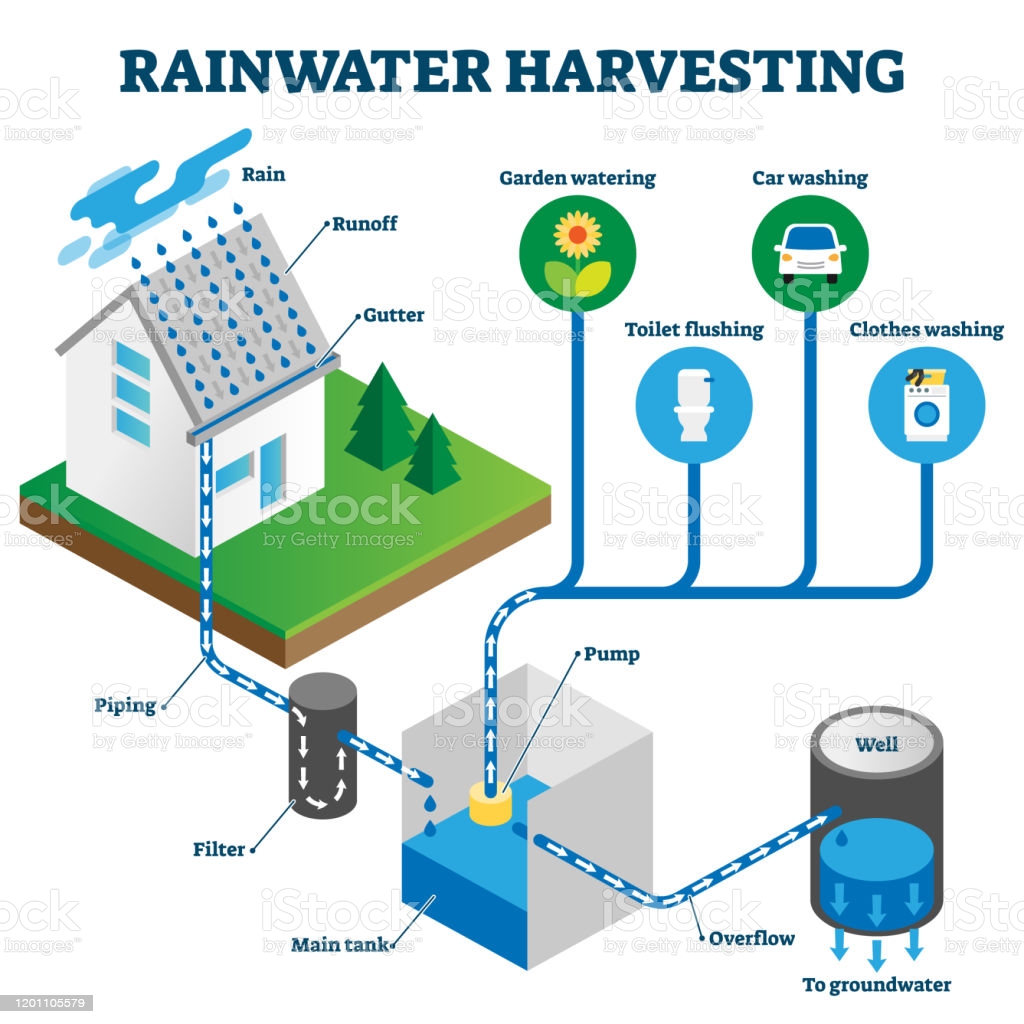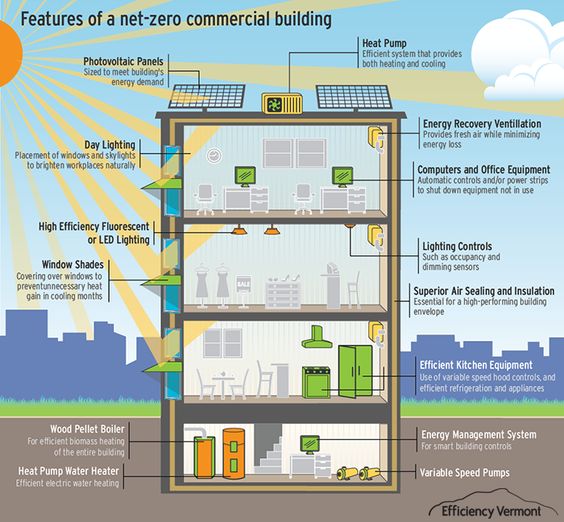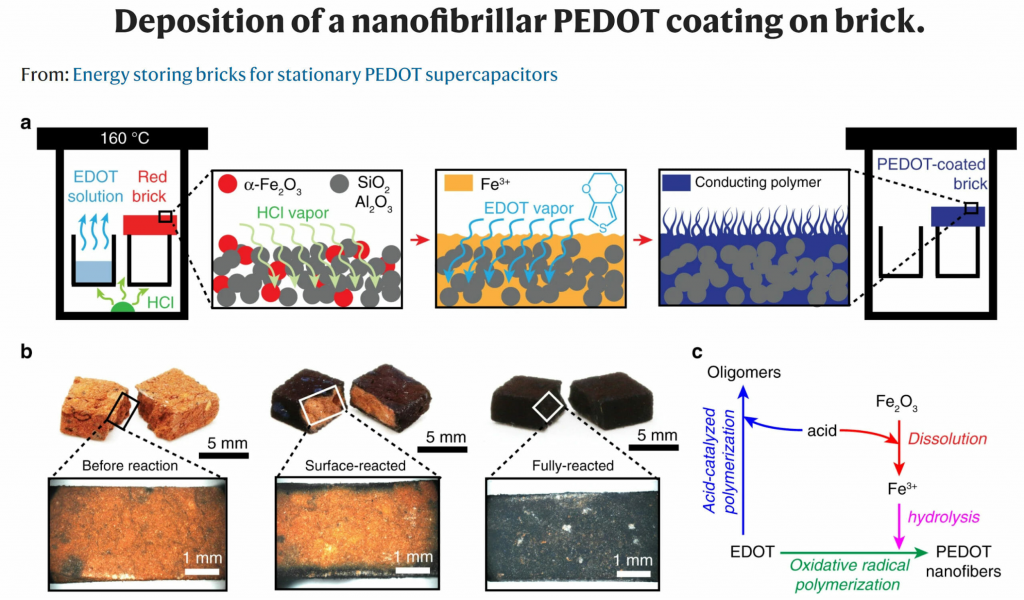It is rightly said that “A Unit saved is a Unit Produced.”In an era where energy consumption has increased at a tremendous rate, Energy Efficiency has indeed become a serious issue.
The main question is: What is the necessity for this step? How can we do it?
The essential requirement is to reduce energy consumption and promote the use of sustainable sources of energy. Therefore, the basic step is to choose an appliance with a better energy rating and cheaper energy tariffs.
Proper designing and orientation of houses enable proper ventilation, ensuring temperature moderation and fresh air. Geothermal energy saving is costly but quite efficient in the long run. Traditional ways of designing would be of great benefit.
Usage of double glazed windows and thicker curtains prevents energy transfer, thus maintaining temperature and avoiding sufficient sunlight from entering the house. The application of IoT in everyday appliances and home automation promotes energy saving. Thermal insulation panes retain heat and keep the house cool during summers. Usage of Energy recovery ventilators should be promoted taking air from outside, compressing it, and delivering clean air to the room, thus reducing pollution.

Rainwater Harvesting should be highly encouraged. Roof water storage is quite beneficial. Proper showerhead designs are necessary to conserve water. Waste recycling methods like vermicomposting should be adopted to increase organic manure production and separate the organic wastes from inorganic wastes, like plastics, which can be segregated into valuable produce.

Net – Zero Energy Building is a building having zero energy consumed from the electric grid. We can achieve The Net-Zero Energy building in two ways. First, make buildings more efficient in terms of energy, i.e., reducing the building’s energy requirement by 20-30 percent. And Second, by attaining remaining power using renewable sources, prominently solar energy.

Weather varies throughout the year, and it is not possible to produce energy daily, specifically in monsoon. In this situation, the building’s total energy consumed in a year should be equal to the total energy produced. When we achieve this state, it is called a Net-Zero Energy building. And when the total energy production by the building exceeds the total energy consumed, this state is called a Net-Positive Energy building.
Bricks are the most used building materials since their invention. It consists of Silica (SiO₂), Alumina (Al₂O₃), and hematite (𝛂-Fe₂O₃). Efficient energy storage devices are produced using hematite by electrochemical transformation to FeOOH supercapacitor anodes. Fired brick contains 8% wt of 𝛂-Fe₂O₃, and its 3D porous structure enables for making mechanically robust electrodes using PEDOT.

A supercapacitor is stable in ambient conditions undergoing 10,000 charge-discharge cycles with ~100% coulombic efficiency and ~90% capacitance retention. A supercapacitor brick module is produced, reaching a 3.6 V voltage window by connecting three devices in series and lights a white light-emitting diode for up to 11minutes.
Energy storing Bricks can provide emergency lightings to buildings for up to five hours. Its prototype has been prepared and has much more capabilities for future expansion.

Using natural and renewable sources of energy at your home and workplace is good for the environment. Applying quick energy-saving techniques such as using efficient Energy Star rated appliances, using thicker curtains, insulating roofs and walls, switching from incandescent bulbs to low energy light bulbs like LEDs can significantly impact the overall energy savings and also reduce carbon emissions. Every small change boosts the home value, paving the way for a cleaner and greener world for all of us.

When it comes to saving energy, installing solar panels to make use of the sun’s energy is quite a good option. Solar PhotoVoltaic (PV) modules can be installed on rooftops that generate clean and renewable energy when exposed to sunlight. It allows you to generate your power for more than 40% of your daily household work, and consequently, you do not have to pay the enormous electricity bills. Although these solar cells’ initial installment costs are high, it results in significant savings in the long run. We can combine reflectors or solar mirrors and PV panels to harvest more sunlight and enhance the effect to cut down solar cells’ costs. The mirrors reflect more of the incident sun radiance and direct sunlight to the PV modules, increasing the amount of electricity produced from the same area’s PV panels giving higher output power during the day than the standard solar cells. Moreover, in India, both the central and the state governments provide subsidy schemes of more than 30% of the total cost to assist people in setting up solar panels on their rooftops to promote renewable sources and increase our dependence on them.
Softwares like Green-Building Studio by Autodesk should be made familiar to students and engineers to relate to such issues. Smart grid manufacturing systems should be installed and promoted. Elaborate research needs to be done for efficient house designs and structures to regulate airflow. Biogas adaptation and the usage of renewable sources of energy are vital factors for cleaner and efficient energy sources.
To prevent and overcome the energy crisis shortly, It is necessary for us to adapt to changing needs and conserve the most critical resource of our survival.
Thank You!!
Happy Learning
Team CEV
